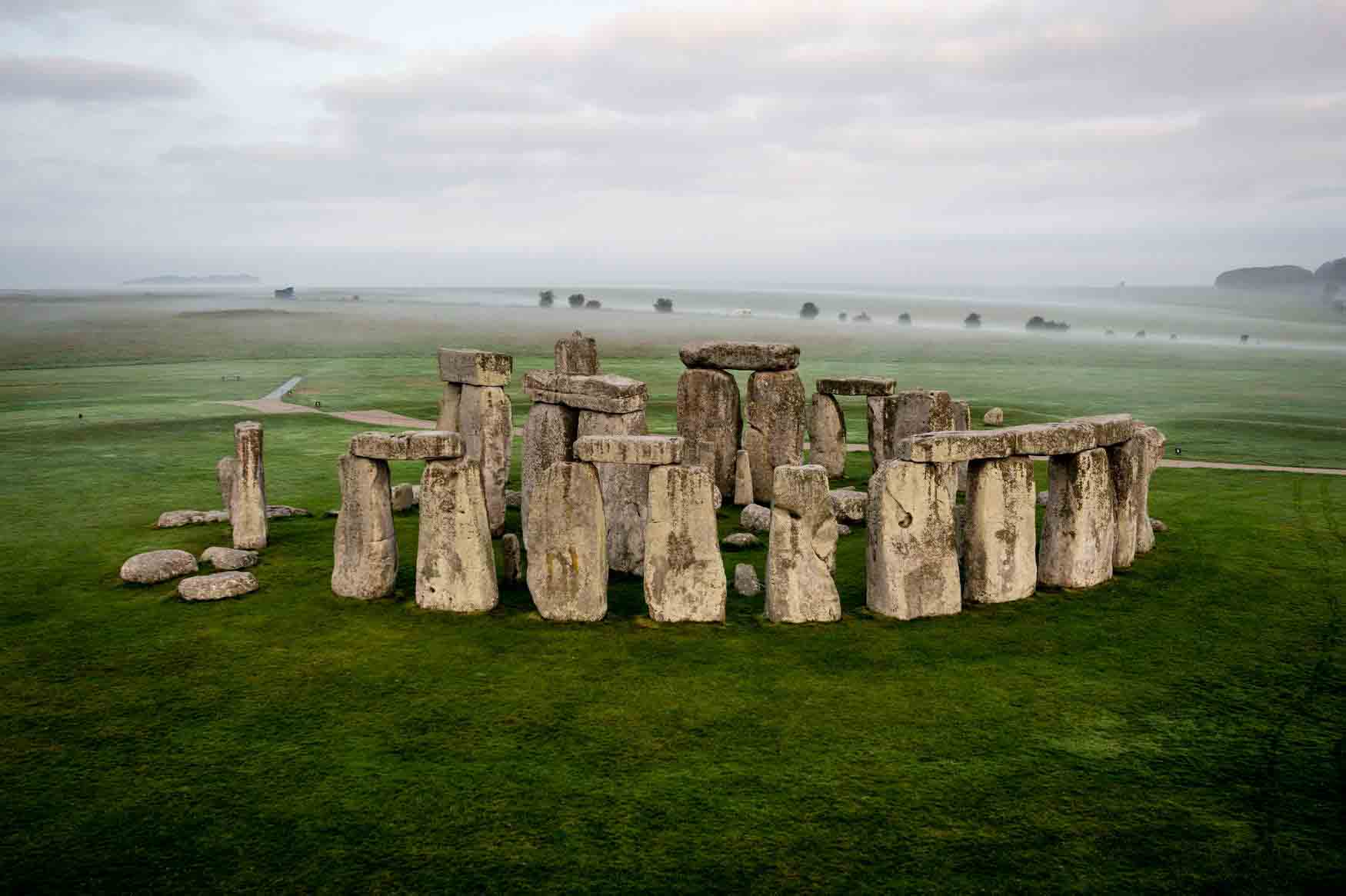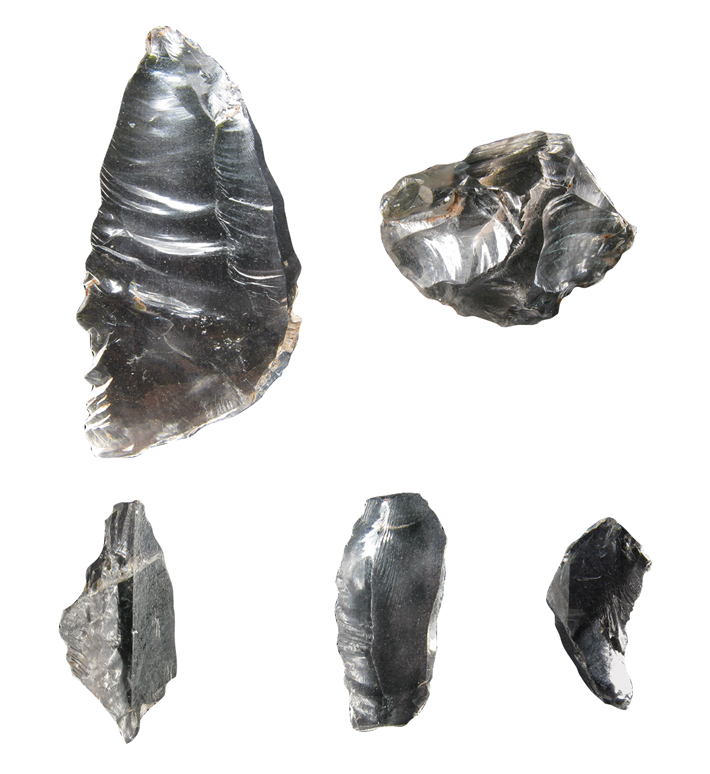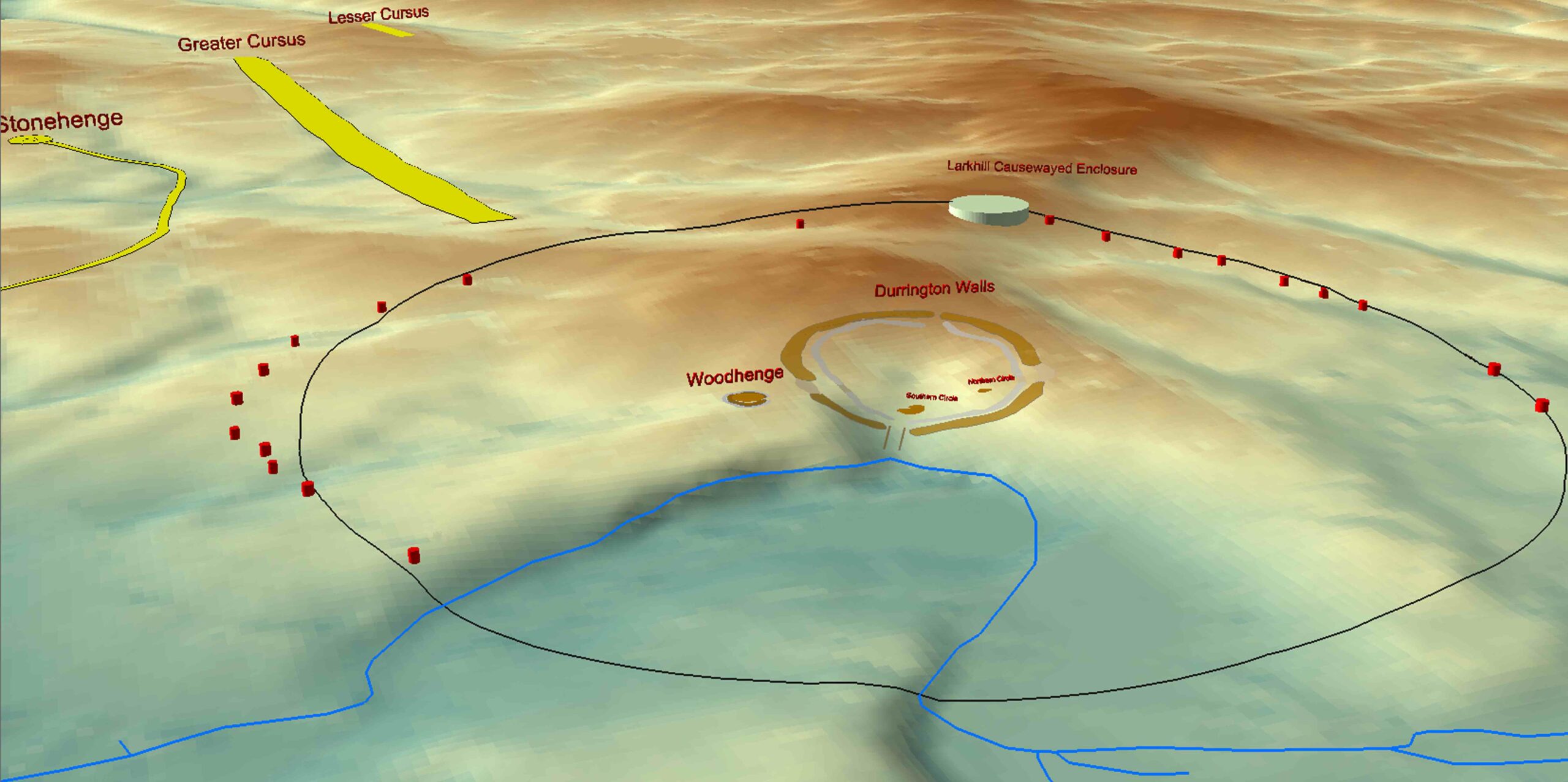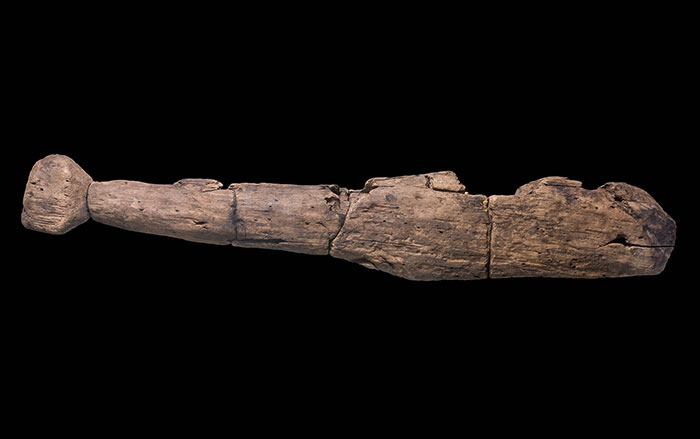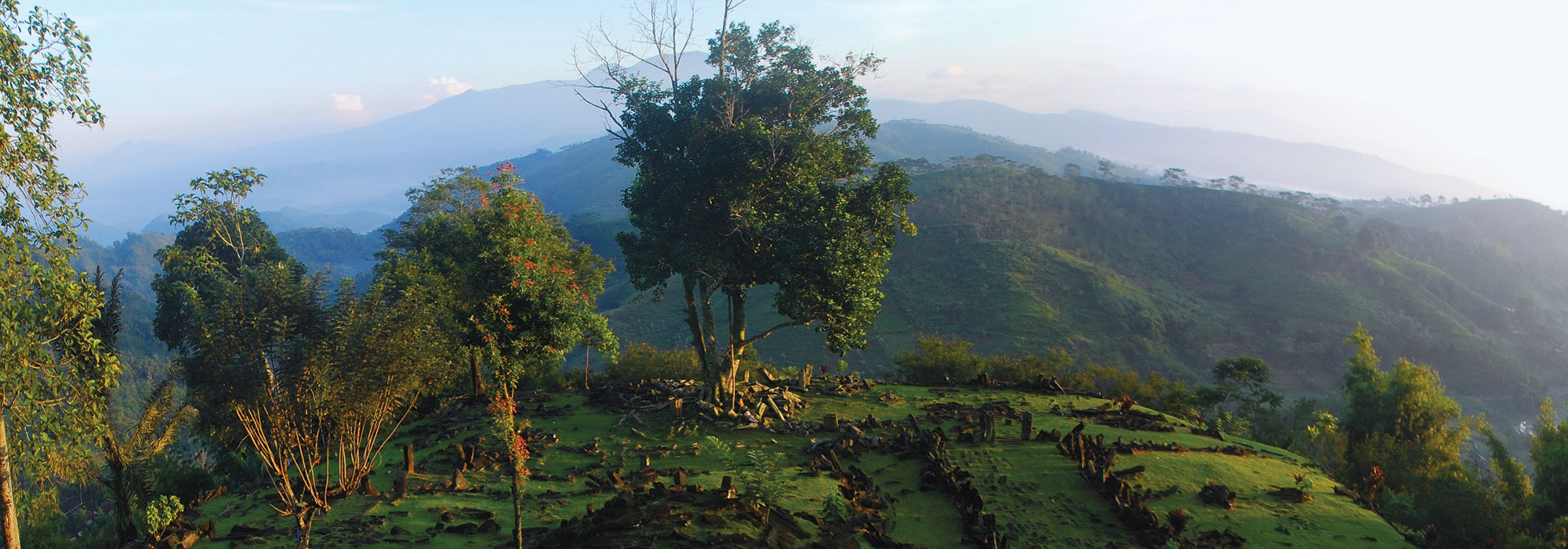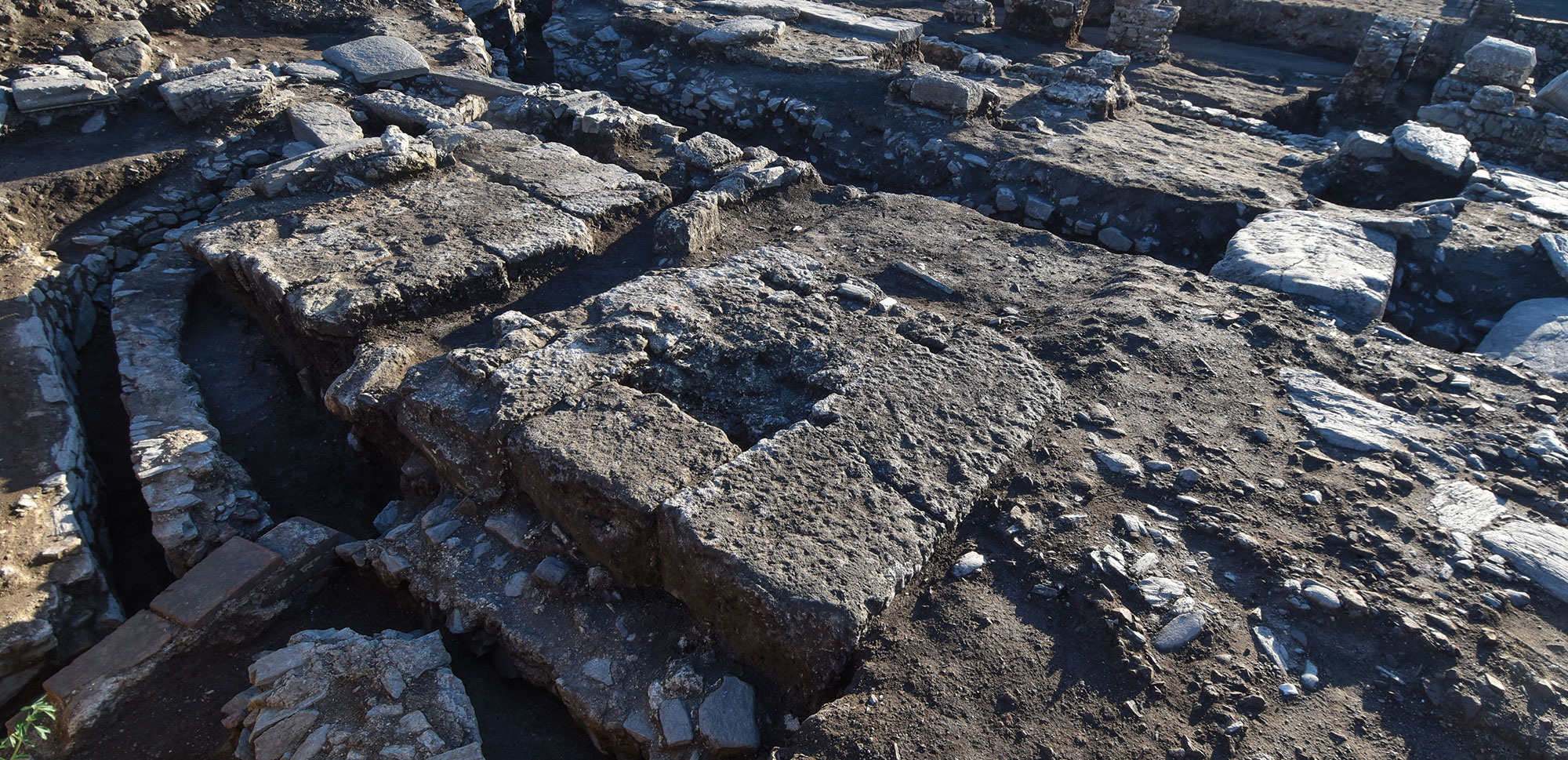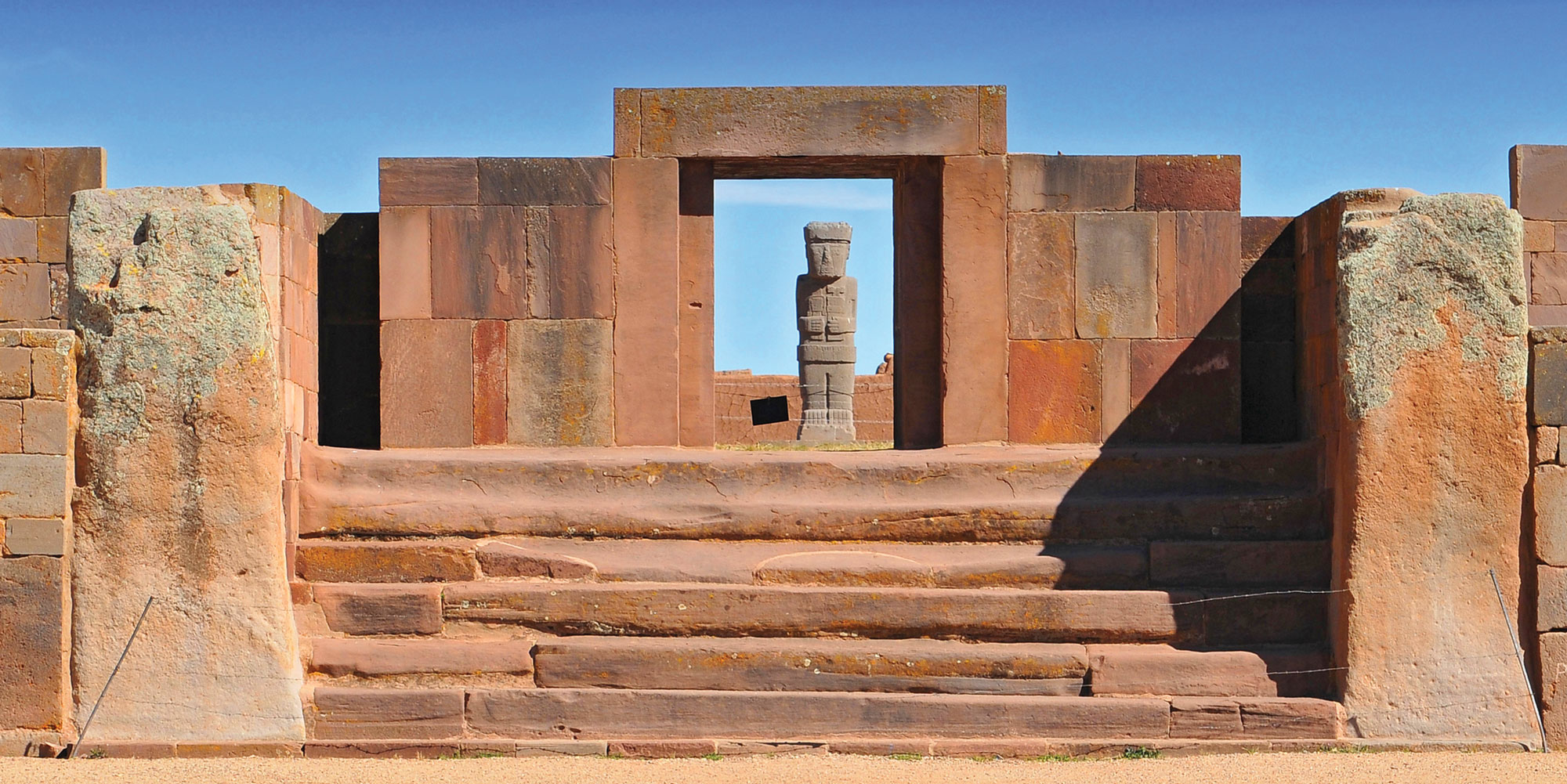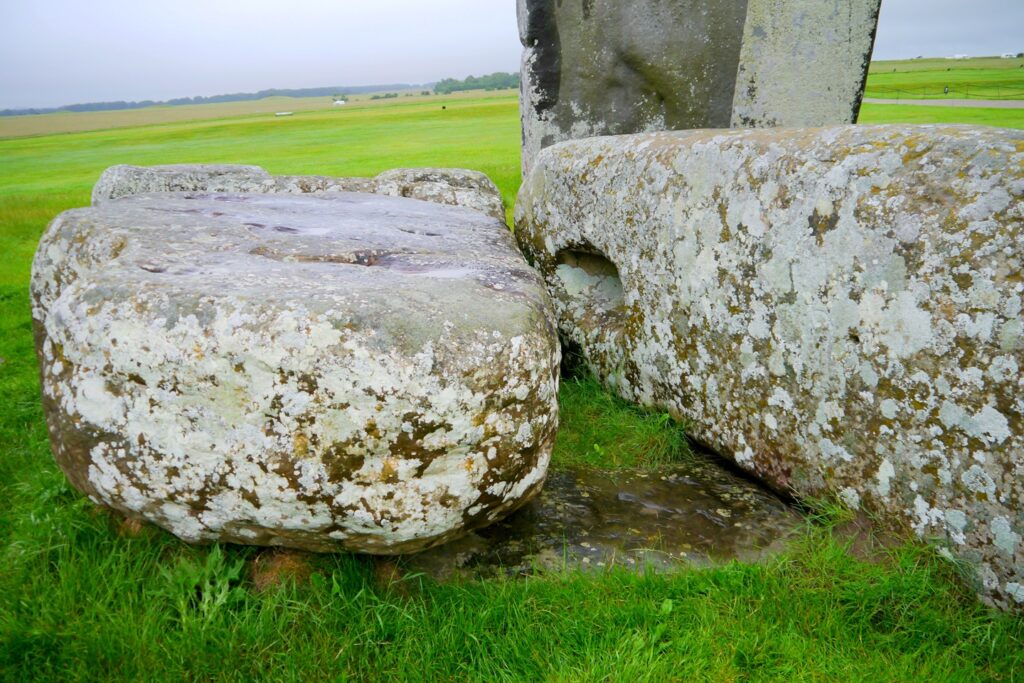
PERTH, AUSTRALIA—Cosmos Magazine reports that the Altar Stone at Stonehenge, which weighs more than six tons, may have been transported to southwestern England from Scotland. The Altar Stone currently rests under two toppled sarsen stones at the site. Anthony Clarke of Curtin University and his colleagues analyzed the composition of the minerals in the Altar Stone with mass spectrometry, and found that it has a distinct chemical fingerprint matching rocks in Scotland’s Orcadian Basin, which is located more than 460 miles away. “Given its Scottish origins, the findings raise fascinating questions, considering the technological constraints of the Neolithic era, as to how such a massive stone was transported over vast distances around 2600 B.C.,” Clarke said. Team member Chris Kirkland of Curtin University suggests that the stone was transported on a marine shipping route along the coast of Britain. “This implies long-distance trade networks and a higher level of societal organization than is widely understood to have existed during the Neolithic period in Britain,” Kirkland explained. Read the original scholarly article about this research in Nature. To read about the source of Stonehenge's bluestones, go to "Quarrying Stonehenge."


